Best keyboard amps 2025: Hear yourself loud and clear from your home to the stage
Whether you’re practising at home and want an option other than headphones, or you’re performing live, a keyboard amplifier can be a total game-changer

If you’re a performing keyboard player, either playing in a touring band, function band, church band or even busking, you’re going to need to amplify your keyboards and synths to compete with the other instruments around you. Even if you’re at a venue large enough to be connected to the house PA system through a mixing desk, you’ll still need a way to be able to hear yourself playing, unless you have the luxury of a sophisticated foldback arrangement with in-ear monitoring.
This is why it's essential to find the best keyboard amp for your particular purposes, and that's what this guide is here to help with. To aid your quest for the perfect amp, we’ve rounded up ten of the best keyboard amps on the market right now.
We also have some buying advice towards the end of this article to help you zero in on your particular needs.
Our top picks
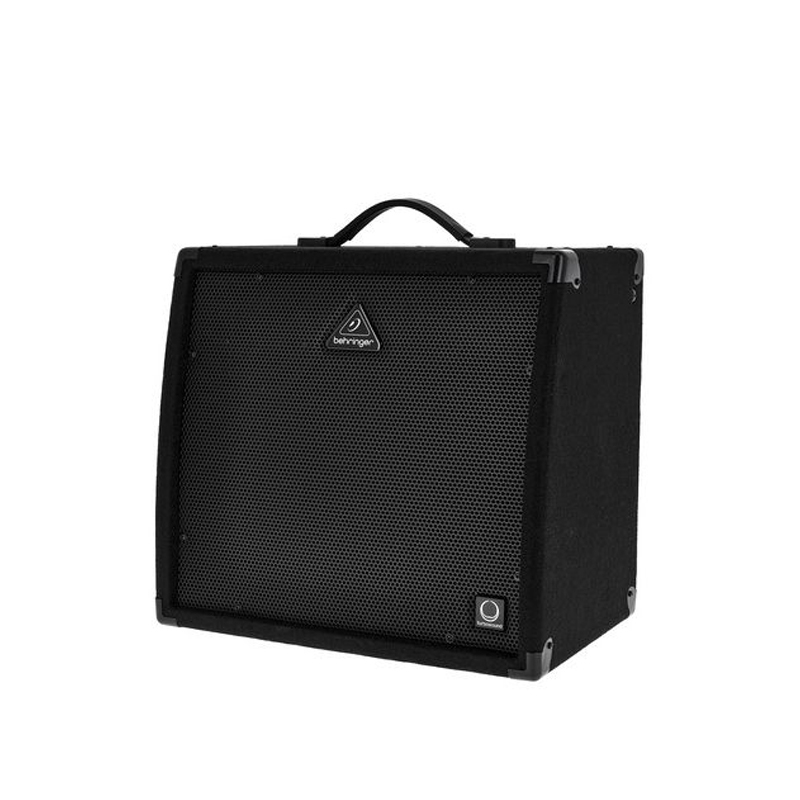
A powerful, versatile and affordable keyboard combo and mini PA speaker, the Behringer KXD12’s secret weapon is its 12” speaker cone manufactured by Turbosound, one of the most respected sound reinforcement manufacturers on the scene.
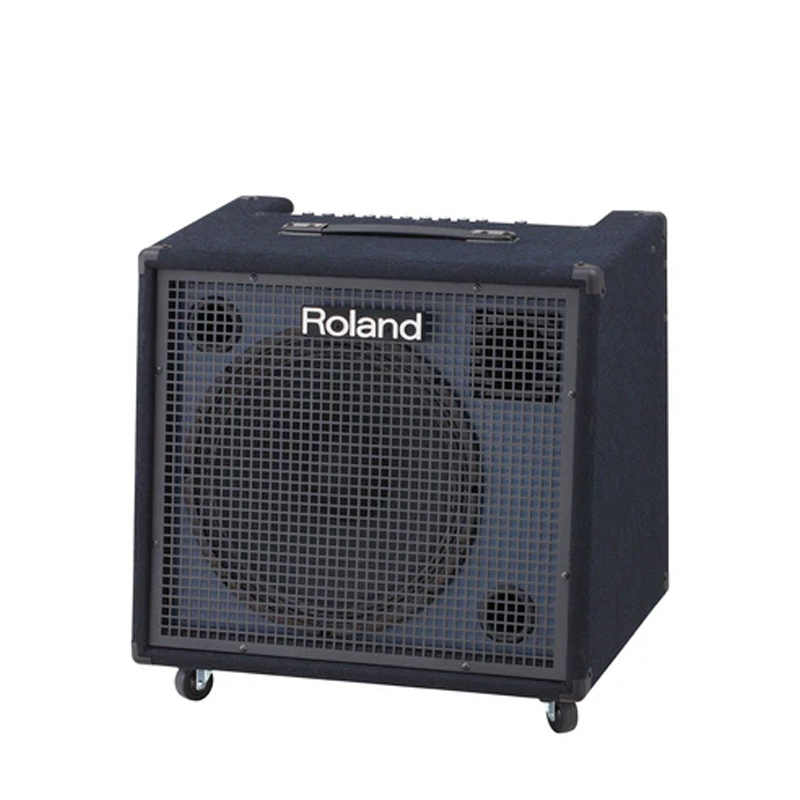
Roland’s KC range of keyboard amps have been at the forefront of the marketplace for years now, and for good reason. Delivering a total of 30W full-range, stereo sound through twin 6.5-inch speakers in a rugged and portable battery-powered package, the KC-220 is marketed as the ultimate mobile keyboard amp and mini PA.
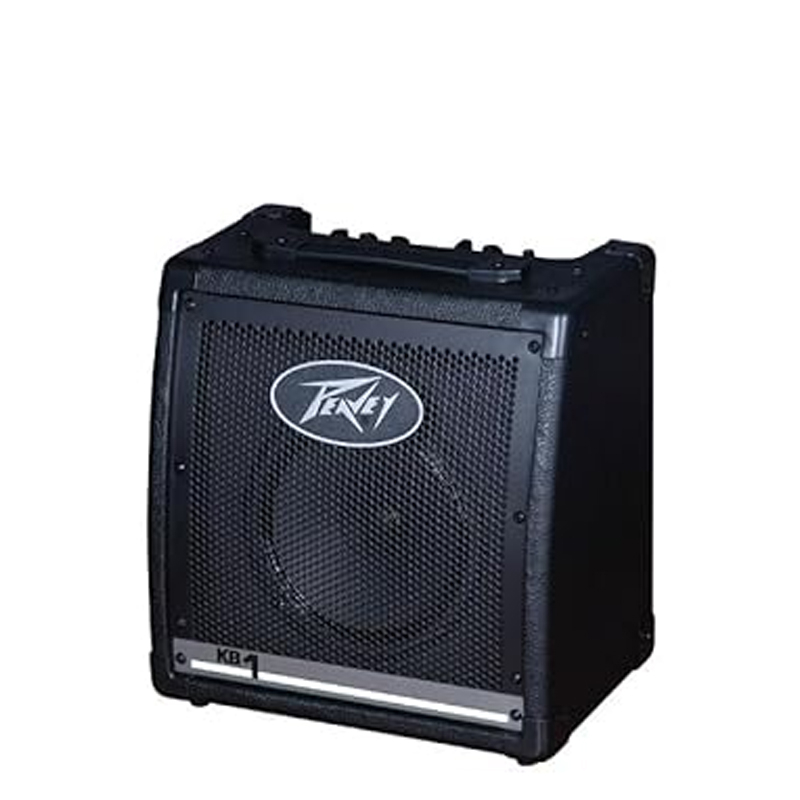
Peavey’s amplifier-manufacturing pedigree stretches back decades, over which the company has built a solid reputation for producing rugged, great-sounding amps and speakers for most applications. Their KB range of keyboard amps follows that tradition, with the entry-level KB1 representing a great choice as a starter or practice amp.
Best overall
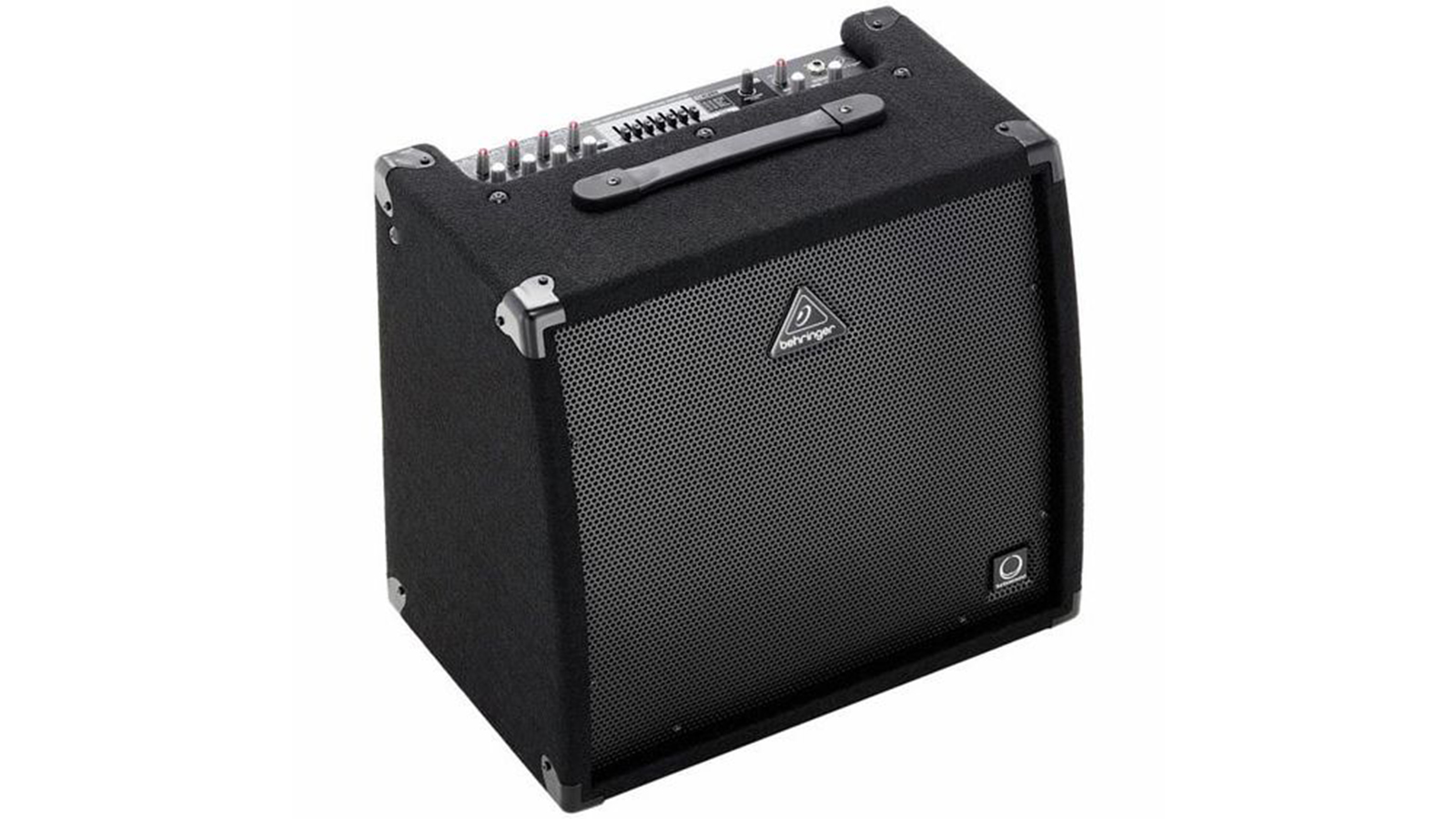
1. Behringer Ultratone KXD12
Our expert review:
Specifications
Reasons to buy
Reasons to avoid
A powerful, versatile and affordable keyboard combo and mini PA speaker, the Behringer KXD12’s secret weapon is its 12” speaker cone manufactured by Turbosound, one of the most respected sound reinforcement manufacturers on the scene.
Not only that, but with a lightweight Class D bi-amped architecture, and a combined power rating of 600W, its relatively portable yet powerful enough to cope easily with most small-to-medium settings. Sound is clean and crystal clear across all ranges with no hint of unwanted distortion.
With an impressive feature list that delivers four channels, a seven-band graphic EQ, 100 digital DSP FX presets and a feedback detection system, the KXD12 offers considerable bang for buck. Plus, if your pockets are deep enough, you can even link two of them together for stereo operation.
Best stereo amp

2. Roland KC-220
Our expert review:
Specifications
Reasons to buy
Reasons to avoid
Roland’s KC range of keyboard amps have been at the forefront of the marketplace for years now, and for good reason. Delivering a total of 30W full-range, stereo sound through twin 6.5-inch speakers in a rugged and portable battery-powered package, the KC-220 is marketed as the ultimate mobile keyboard amp and mini PA.
On the menu you’ll find three channels, one of which sports an XLR input for a vocal mic, with built-in stereo DSP effects and a dedicated aux input for CD/MP3 players. The KC-220 also features mono/stereo line outputs, allowing you to interface with PA systems, stage monitors, or recording devices.
There’s a headphone output, a 2-band master EQ for shaping the sound to suit your environment, and a footswitch input for hands-free operation of the effects, making the KC-220 a great all-round solution for rehearsals, street performances, and mobile gigging.
Best multi input

3. Laney AUDIOHUB AH300
Our expert review:
Specifications
Reasons to buy
Reasons to avoid
Designed not just as a keyboard amp but also to cater for a wide range of different instruments, Laney’s AH300 truly lives up to its AudioHub branding thanks to its versatile array of 5 channel inputs, onboard 5-band graphic equaliser and 16-preset digital effects capability.
Featuring an angled cabinet design so it can either stand flat or set at an angled stage monitor position, and delivering dollops of power via its 300W RMS rating and 15” custom woofer with HF horn, the AH300 is ideal for duos and medium-sized gigs, while being equally at home as an on-stage monitor at larger events.
Delivering a sound that’s powerful and crystal clear across a wide frequency range, the AH300 is an extremely capable beast of an amp versatile enough to have your back in most gigging and rehearsal scenarios.
Best retro tone
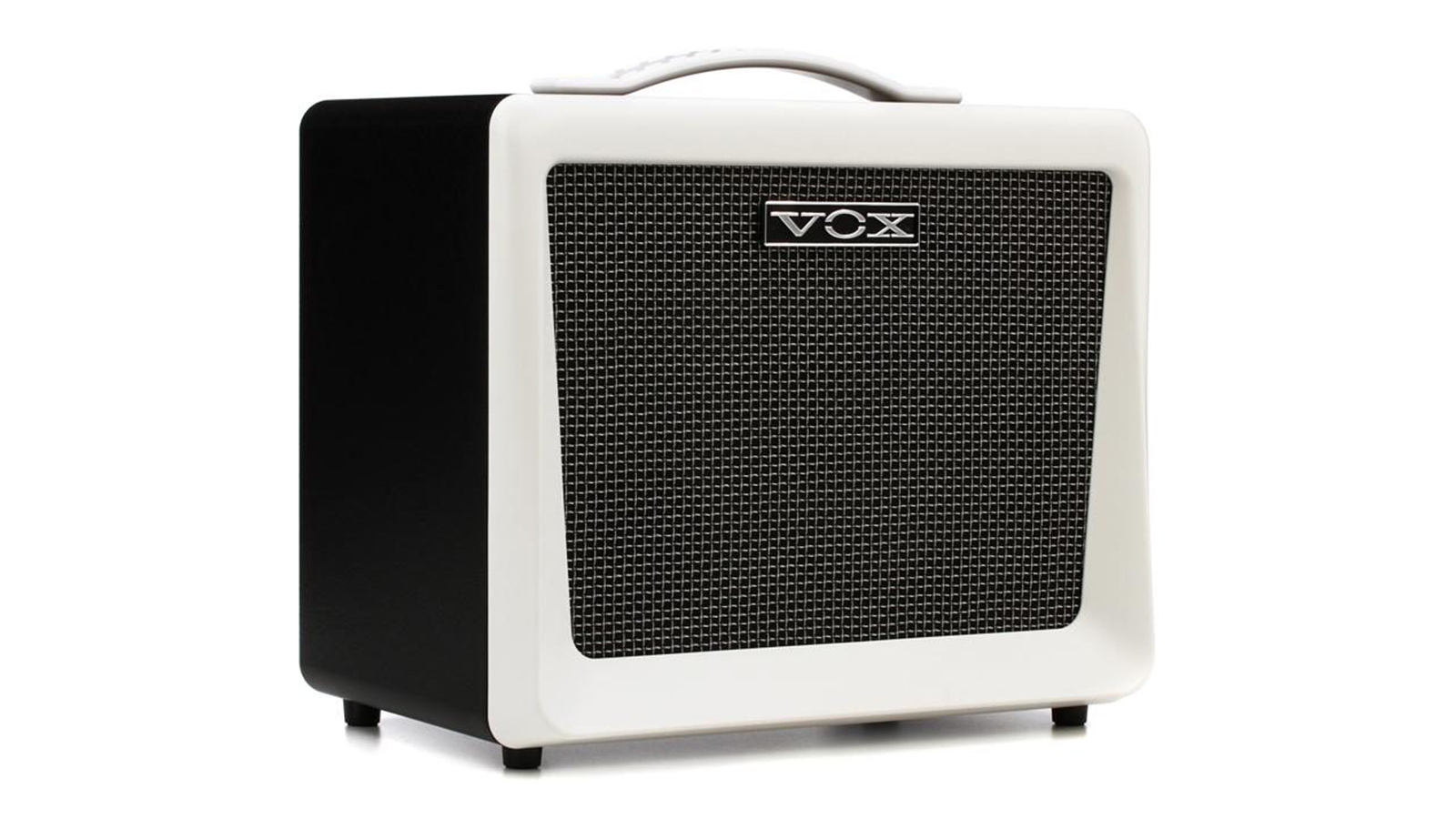
4. Vox VX50KB
Our expert review:
Specifications
Reasons to buy
Reasons to avoid
The Vox name is legendary in the field of amplification, the classic 60’s-designed AC30 guitar combo still much revered amongst the guitar fraternity as one of the best-sounding amps there is. So you’d be forgiven for thinking you’d be in safe hands with this cracker of a little keyboard combo, and you’d be right.
The compact and lightweight VX50-KB distils every ounce of the company’s renowned amp-manufacturing smarts into a flexible and clean-sounding solution for gigging keyboardists of every persuasion.
The warmth of ‘Nutube’ vacuum tube technology together with a bass reflex cabinet design and coaxial 8” speaker with tweeter results in an amp that’ll make your keyboard gear sound great all the way through from thundering bass tones to sparkling highs.
Best on a budget
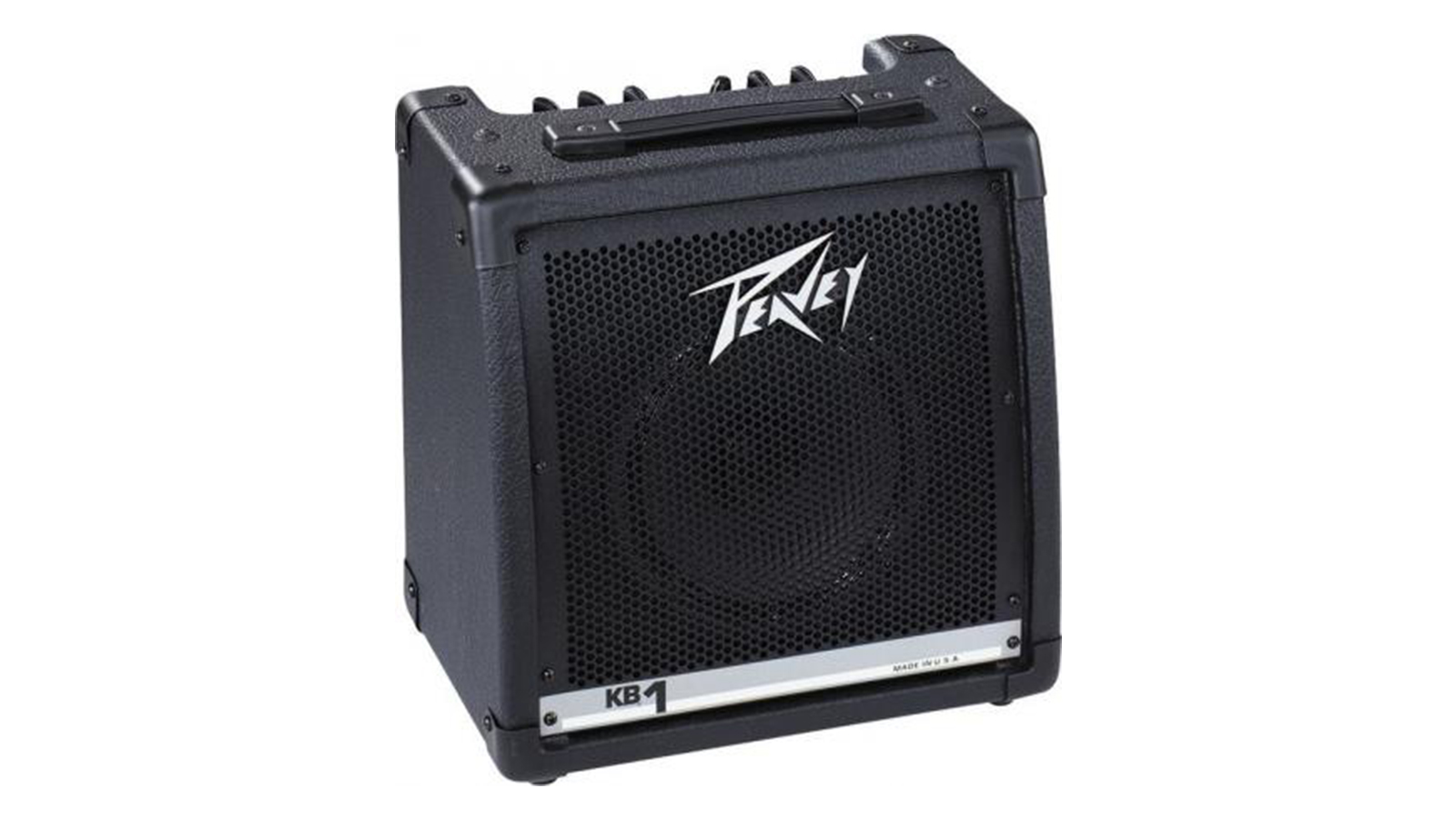
5. Peavey KB1
Our expert review:
Specifications
Reasons to buy
Reasons to avoid
Peavey’s amplifier-manufacturing pedigree stretches back decades, over which the company has built a solid reputation for producing rugged, great-sounding amps and speakers for most applications. Their KB range of keyboard amps follows that tradition, with the entry-level KB1 representing a great choice as a starter or practice amp.
A power rating of 20W delivered through an 8” speaker should be more than enough to satisfy most new starters. The KB1 is solidly built, has two channels, each with its own 2-band EQ, and a headphone output for private practising.
The KB1 is a fine example of a quality basic practice amp that has everything you need and nothing you don’t. A great first rung on the Peavey ladder, should you feel the need to upgrade, the range continues upwards as far as the four-channel, 450W KB5.
Best portable amp
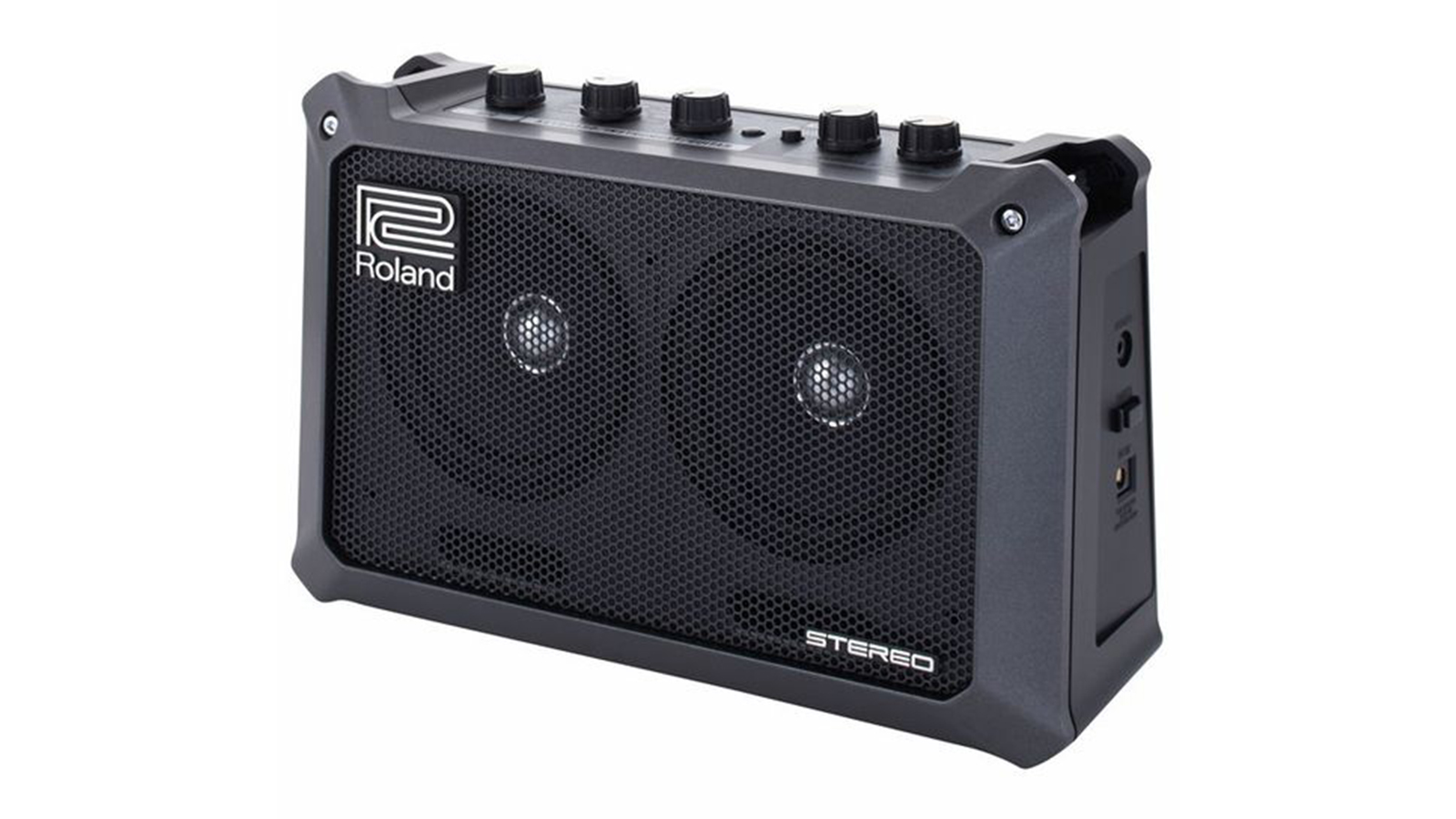
6. Roland Mobile Cube
Our expert review:
Specifications
Reasons to buy
Reasons to avoid
The fact that this portable pocket powerhouse can be run off 6 AA batteries makes it a great choice for outdoor performers or buskers. Although rated at only 5W (a combination of two 2.5W amps each powering one of the two 4” drivers), the Mobile Cube puts out a remarkably clean, punchy sound.
Shaped like a rugged handbag complete with robust carrying handle, the tiny but mighty Mobile Cube has quite a few other things going for it too - the aux input has a button to cancel the centre channel to eliminate vocals, you can mount the whole device on a microphone stand, and there are built-in stereo effects such as delay, chorus and reverb too.
Buying advice

What is a keyboard amp?
A keyboard amplifier’s main job is to make the sound of your keyboards loud enough to be heard amongst other instruments on stage during a live performance. The first questions on most people’s lips when confronted with a keyboard amp usually go along the lines of ’Why do keyboard players need a dedicated keyboard amp? What’s wrong with using a guitar amp?’
The answer lies in the fact that guitars, being stringed instruments, can only produce notes that lie within a particular frequency range, while keyboards and synths can generate tones at least an octave higher and lower than that. So keyboard amplifiers need to be optimised to reproduce sound across a wider frequency range than most guitar amps, so that rumbling bass notes and sparkling highs are reproduced cleanly and clearly without distortion or muddiness.
Since they’re tailored to a wide frequency range, multichannel keyboard amps are also capable of handling other instruments such as guitars and microphones, and are thus often able to be used as mini PA systems, taking care of the amplification and sound reinforcement for a whole band or ensemble at smaller gigs. With each channel having its own preamp, multiple instruments can be connected simultaneously and their volume levels mixed to achieve the correct balance of sounds.
The main drawback with using amps instead of dedicated PA systems is that PA speakers are usually designed to be elevated by mounting on special poles or microphone stands for better sound projection out to an audience. Although some high-end keyboard amps do provide stand mount options, most are designed to be placed on the floor, often angled upwards towards the player.
What to look for in a keyboard amp
MusicRadar's got your back
Here’s a brief rundown and explanation of some of the more important features to look out for when on the hunt for the best keyboard amp for you:
Channels
Generally, the number of channels an amp has corresponds to the number of instruments that can be connected simultaneously. Some amps though will allow you to connect two or more instruments per channel, and many will have a dedicated channel to plug microphones into, great for performers who want to play and sing at the same time. Also, be on the lookout for a headphone port if silent practice is important to you.
Connections
In terms of types of input, keyboard amps are generally quite versatile and can have various types of instruments and microphones connected to them. Generally, guitars need high-impedance inputs, microphones usually use a three-pin XLR connector, while synths, keyboards and other electronic instruments use line inputs. Meanwhile, auxiliary inputs allow you to connect devices such as CD and MP3 players and mobile phones so you can play music through the speaker, either to play along to or entertain the audience during breaks.
Another handy feature is an effects loop, a pair of sockets that allows you to connect an external effects unit or pedal into the signal path. Plus, if you need a really low bass response, a sub output will allow you to connect to a separate subwoofer for earth-shaking, teeth-rattling bass tones.
Power
As a general rule of thumb, the higher the power rating an amp has, the larger the speaker it will have and the louder it’s likely to be. Confusingly though, this isn’t always the case, and it’s important not to be too swayed by big numbers.
The most important thing to think about is what you’ll be using your amp for. Depending on the size of the venue you’re playing in, your amp will either be facing out towards the audience, or miked up or connected to the house PA by the line outputs on the back. In these latter cases, it will most likely function as your personal on-stage monitor, so you won’t necessarily need a huge amount of power.
If you’re just starting out, playing at home or in pubs, coffee bars or rehearsal rooms, a 50W amp with an 8-inch speaker should be plenty loud enough. That said, more power allows you to achieve a better gain structure and signal/noise ratio - a 200W amp set to 3 will sound much cleaner than a 40W amp set to 9, with less risk of unwanted noise and distortion, and enough headroom to go toe-to-toe with your guitarist and drummer in terms of volume.
EQ
Many keyboard amps feature a built-in EQ of some kind, ranging from a basic 2 or 3-band tone control up to a 7-band graphic equalizer. This is useful for tailoring the sound of your amp’s output to the environment you’re playing in. Some EQ’s, like those found on some Behringer amps, offer feedback protection by detecting when feedback is occurring and illuminating the slider of the closest frequency band that needs to be reduced to kill it - clever stuff!
Effects
Although most modern keyboards and synths offer their own built-in effects processors, keyboard amps quite often feature built-in digital effects such as reverb, chorus and delay. Some even boast a broad selection of sophisticated multi-FX presets, although usually only one effect is available at a time for all channels. Some stereo amps also come with enhanced 3D stereo processing for a wider stereo effect on stage, while others use digital technology to emulate the warm sound of vintage vacuum tubes, great for retro sounds like Rhodes and Wurlitzer electric pianos and tonewheel organs.
Build quality
As a matter of course, most amps will have been designed with a tough life on the road in mind, bouncing around in the back of a van en route from gig to gig. Like all things though, there are varying degrees of build quality, so some units are more rugged and robust than others. What you’re after is a good mix of things like reinforced corners, quality cabinet materials and general electrical reliability. The ideal is the sweet spot between durability and portability - you want something that’s built to last but not something that’s going to put you on first name terms with your chiropractor after a few weeks of lugging it around.
How we choose products
Here at MusicRadar, we are experts in our field, with many years of playing, creating and product testing between us. We live and breathe everything music gear related, and we draw on this knowledge and experience of using products in live, recording and rehearsal scenarios when selecting the products for our guides.
When choosing what we believe to be the best keyboard amps available right now, we combine our hands-on experience, user reviews and testimonies and engage in lengthy discussions with our editorial colleagues to reach a consensus about the top products in any given category.
First and foremost, we are musicians, and we want other players to find the right product for them. So we take into careful consideration everything from budget to feature set, ease of use and durability to come up with a list of what we can safely say are the best keyboard amps on the market right now.
Find out more about how we test music gear and services at MusicRadar.
Related buyer's guides
Want all the hottest music and gear news, reviews, deals, features and more, direct to your inbox? Sign up here.
Dave has been making music with computers since 1988 and his engineering, programming and keyboard-playing has featured on recordings by artists including George Michael, Kylie and Gary Barlow. A music technology writer since 2007, he’s Computer Music’s long-serving songwriting and music theory columnist, iCreate magazine’s resident Logic Pro expert and a regular contributor to MusicRadar and Attack Magazine. He also lectures on synthesis at Leeds Conservatoire of Music and is the author of Avid Pro Tools Basics.
